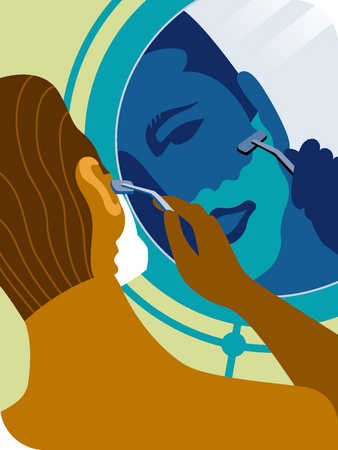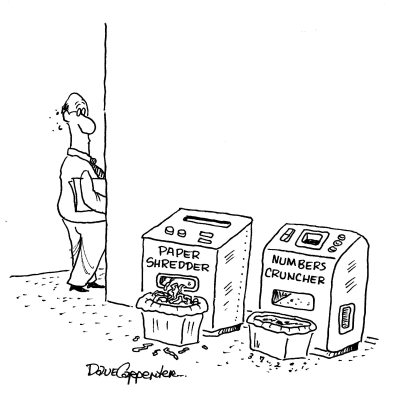It’s a Love/Hate Relationship: Volume II
Posted by jbaumgartner on December 13th, 2010Jesse Baumgartner is an RTC contributor. In this piece he’ll spend each week reviewing the five things he loved and hated about the previous week of college basketball.
The Five Things I Loved This Week
I LOVED…..a good comeback story, in this case Notre Dame’s Carleton Scott. Here’s a guy who didn’t play much his first three years and had an issue of some sort last season that caused him to leave the team for a bit. Well he got his chance this year, and the bouncy 6’8 forward has showed big-time versatility while putting up solid numbers in Irish wins against Georgia, Cal and then Saturday against Gonzaga (a career-high 23 points). It’s nice to see someone with obvious talent taking his final chance, and I wouldn’t be surprised to see him on an NBA roster somewhere next season.
I LOVED…..teams who know how to schedule tough. I’m looking at you, Tom Izzo, and you, too, Bruce Pearl. Game after game you send your guys into hostile environments. This week it was Syracuse in New York for the Spartans, and Pitt in Pittsburgh for the Vols. Yes, MSU has struggled thus far, but these tough games are exactly why that team always wins the close ones in March and makes it to the later rounds. Repeat after me: SOFT SCHEDULERS OF THE WORLD UNITE AND CONFORM, you have nothing to lose but your inflated records, media detractors and early tournament exits.
I LOVED…..the creation of the Champions Classic. Much like ESPN’s little 24-hour marathon to start the year, matching up four elite programs gets fans amped up earlier in the season. No complaints here.
I LOVED…..Illinois using the women’s basketball. Loved might not be a strong enough word. It was hilarious, golden, priceless, whatever adjective you want. If you’re like me, your reaction was something to the tune of: no way…..how…..for seven minutes???…..drop on the floor in laughter. In this day and age of increased replays and greater official oversight in sports, it’s nice to know the zebras can still give us an unthinkable gem like that one. And if you’re Oakland coach Greg Kampe, you’ve gotta wonder what it says about your team that you were significantly more effective with the women’s ball.
I LOVED…..the disparity between some of the nation’s top freshmen. You have the Jared Sullingers who come out and produce from the first game (props for the 40-spot against IUPUI), but then you have the country’s #1 recruit, Harrison Barnes, struggling to have a big impact. It just shows again that at least one year in college can be an extremely valuable tool for this young talent.
Five Things I Hated This Week
















































